Photos: Ancient Human Remains from Beneath the North Sea
Trawling Find
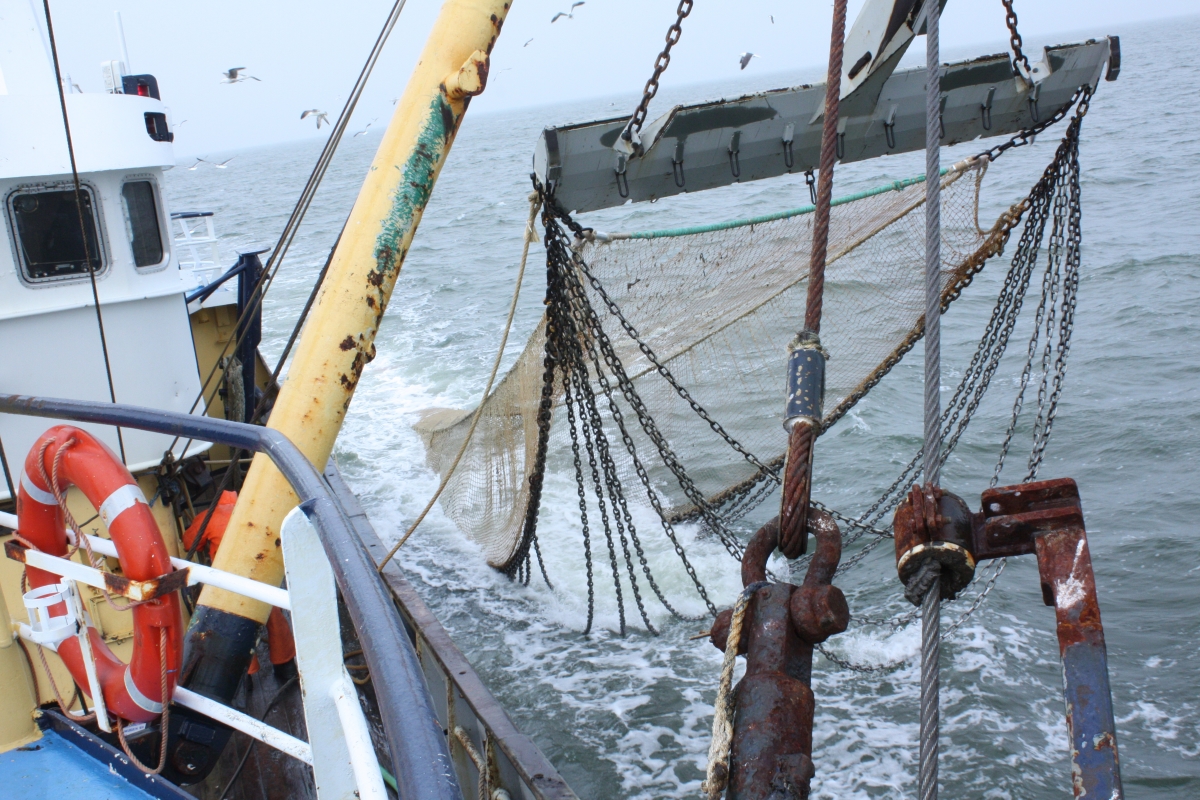
New research from the Netherlands has revealed 13,000-year-old human remains and hand-made bone artifacts dredged up by Dutch fishing boats trawling in the North Sea.
Radiocarbon dating has determined that the objects date from the end of the last Ice Age, when much of the North Sea was dry land. [Read more about the North Sea findings]
Ancient Landscape
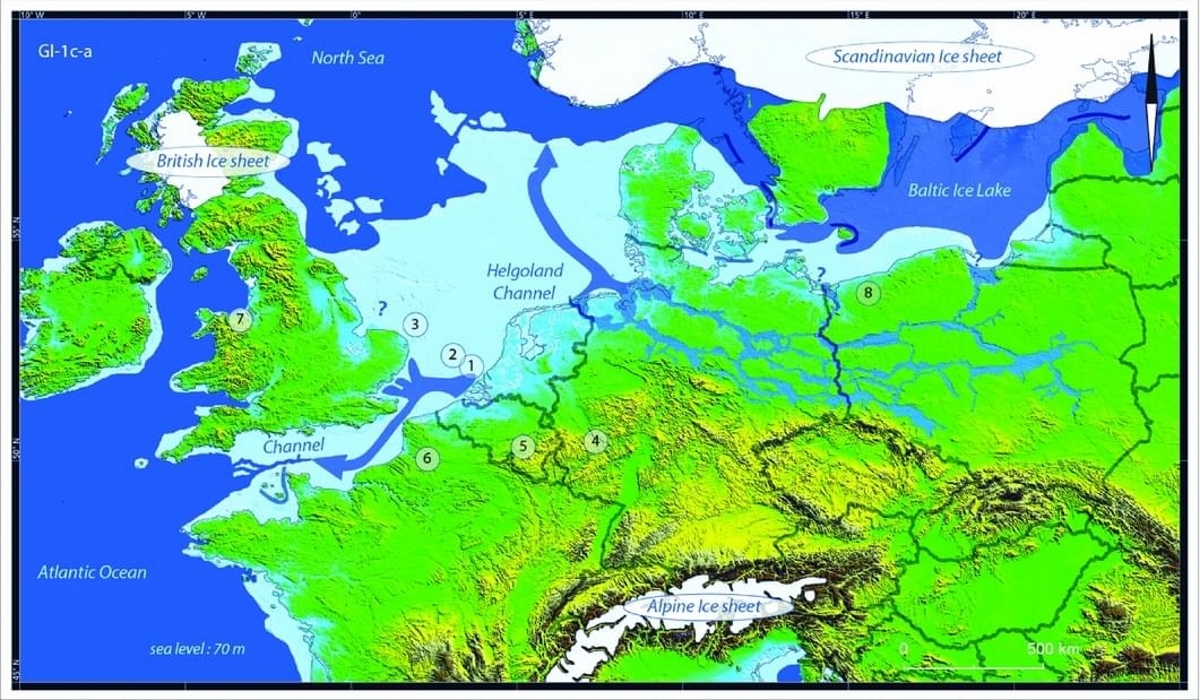
From the end of the last Ice Age about 13,000 years ago, until about 7,000 years ago, the region between the Netherlands and the UK now covered by the North Sea was up to 260 feet (80m) above sea level.
As the climate warmed, the extensive plains became covered by pine forests inhabited by deer, elk, wild boar – and early human hunters.
Revealing Evidence
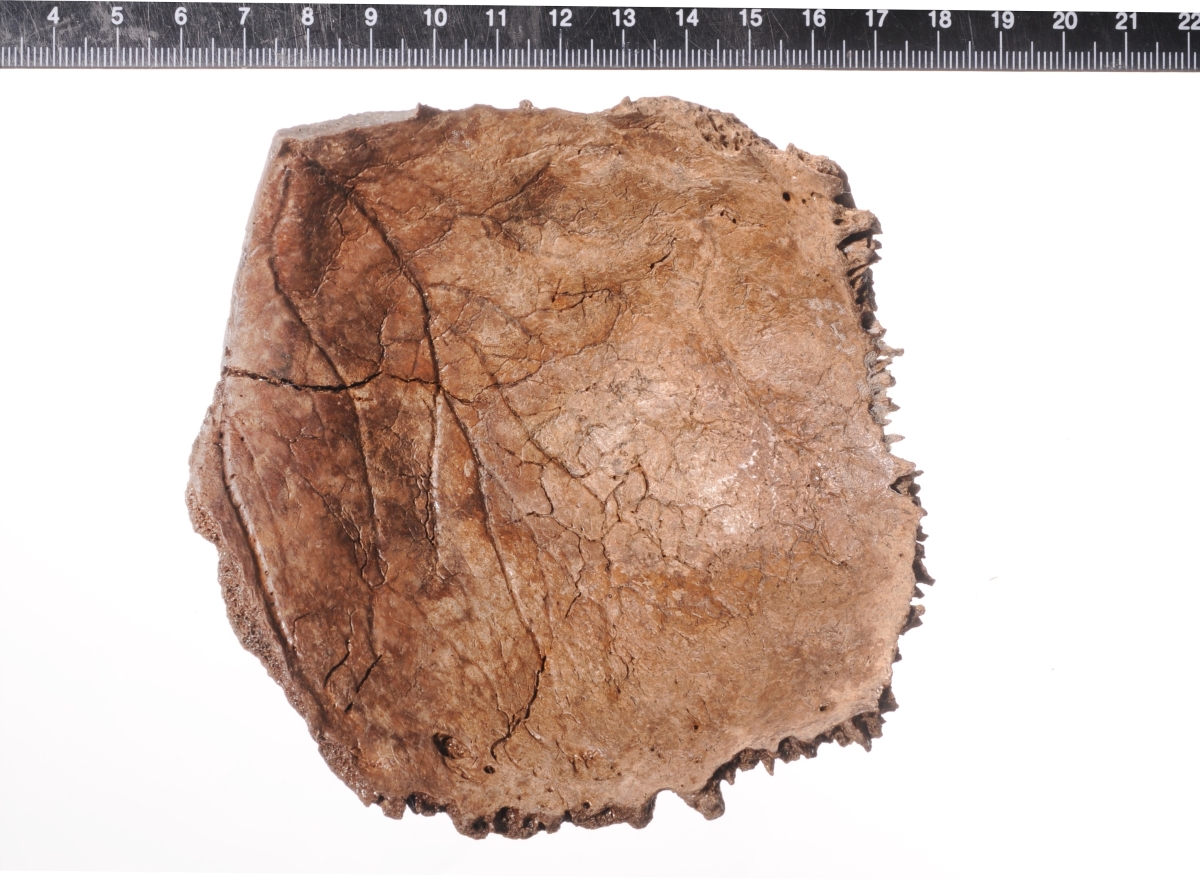
The 13,000-year-old bone fragment is from the left side the skull of an adult aged between 22 and 45 years. It was found by Dutch fishermen in 2013.
The shape of the skull suggests it probably came from a woman, and chemical analysis indicates she was part of a hunter-gatherer community that often ate meat from hunted animals.
Carved Bones
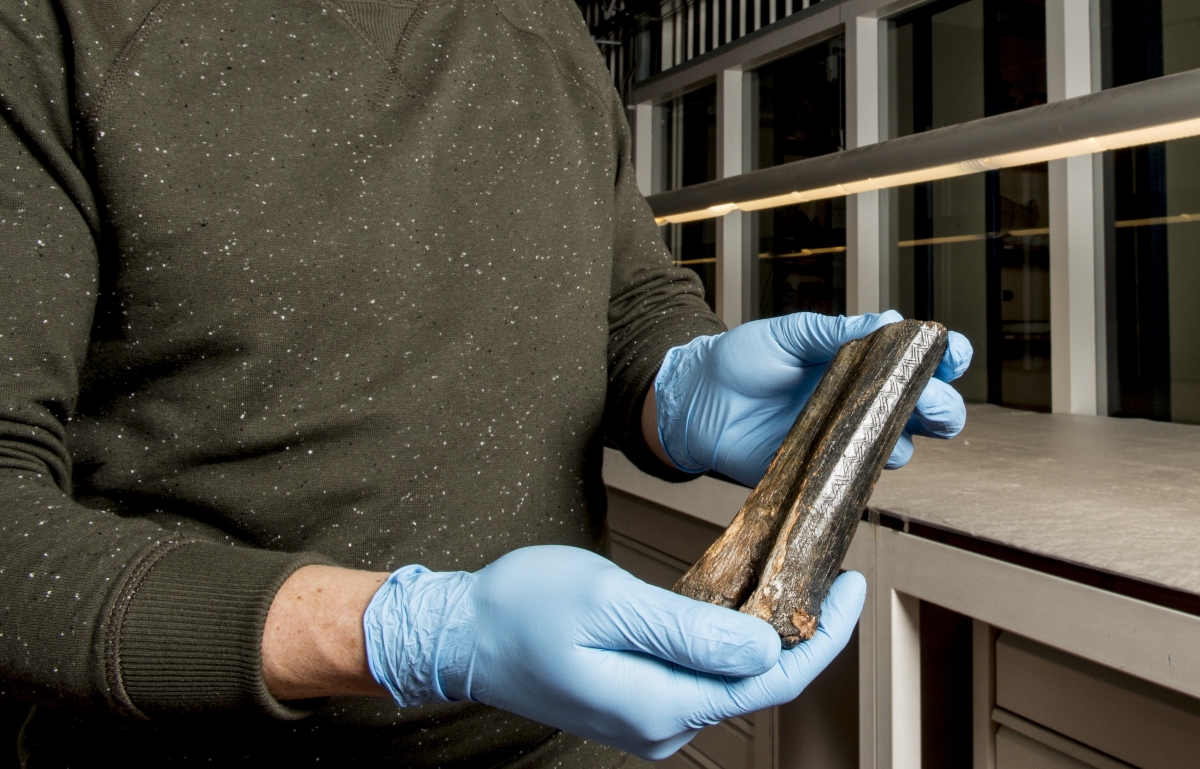
The carved bison bone about 500 years older than the human bone. It was found by Dutch fishermen in 2005.
It has been decorated with dense patterns of carved zig-zag designs in several places.
Unique Carvings

Archaeologists think the zig-zag decorations may represent water, or perhaps the hallucinations seen by shamans during their trances.
The zig-zag patterns are characteristic of a geometric art style found across northwest Europe during the Late Paleolithic period.
Recovered Fossils
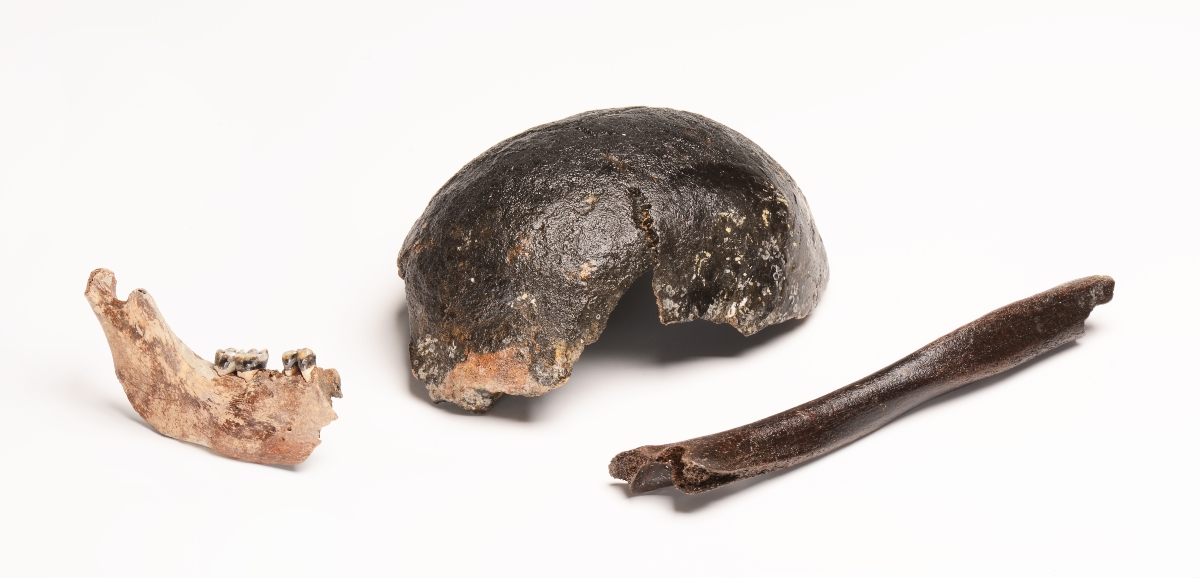
Other archaeological items recovered from the submerged lands of the North Sea over the years, by fishermen, or along the beaches of the coast, include this cranium, jawbone and upper arm bone that date from the Mesolithic period.
Tools
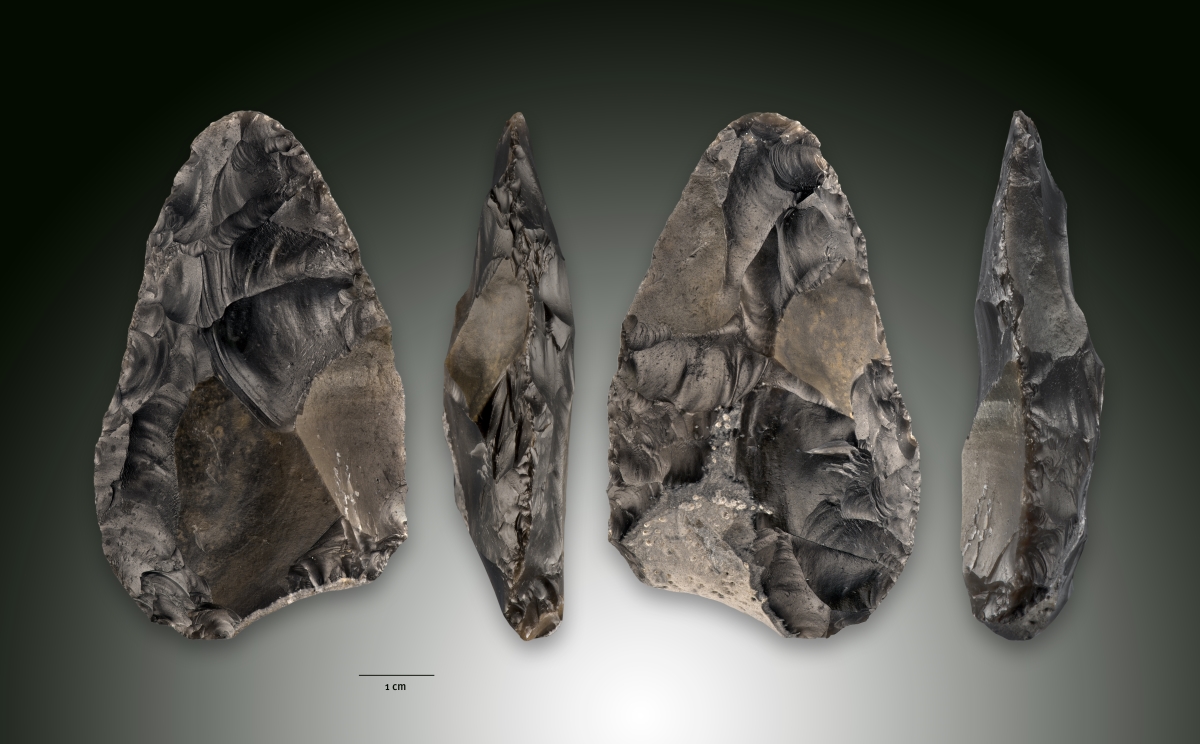
This hand-axe was made by a Neanderthal around 50,000 years ago.
It was found near the port of Rotterdam by amateur paleontologist Mirjam Kruizinga, in sand that had been dredged from the North Sea.
Sign up for the Live Science daily newsletter now
Get the world’s most fascinating discoveries delivered straight to your inbox.
Weapons
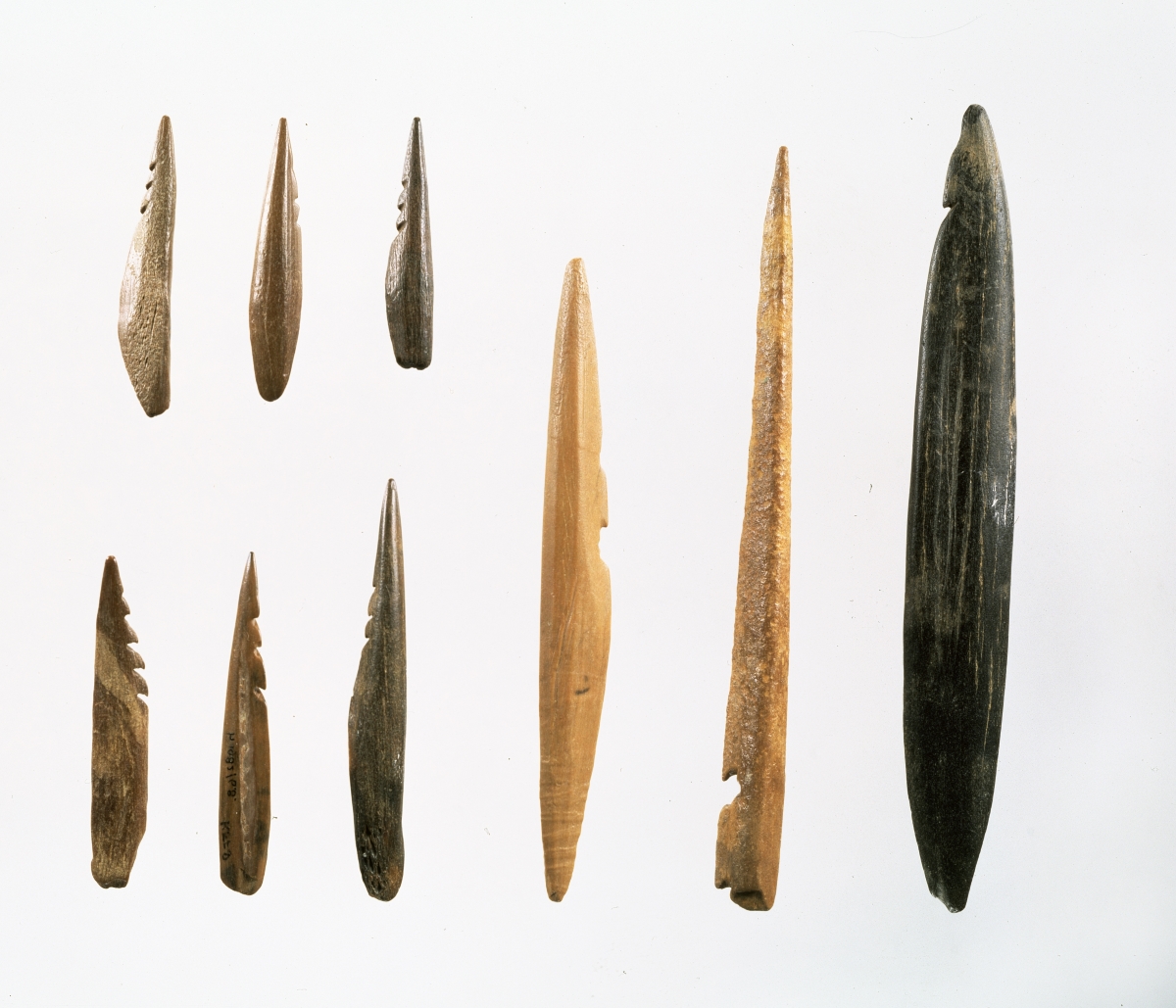
These barbed bone spear points were also found in sand dredged from the North Sea to form an extension of the port of Rotterdam.
They date from the Mesolithic period (Middle Stone Age).
Searching the Deep
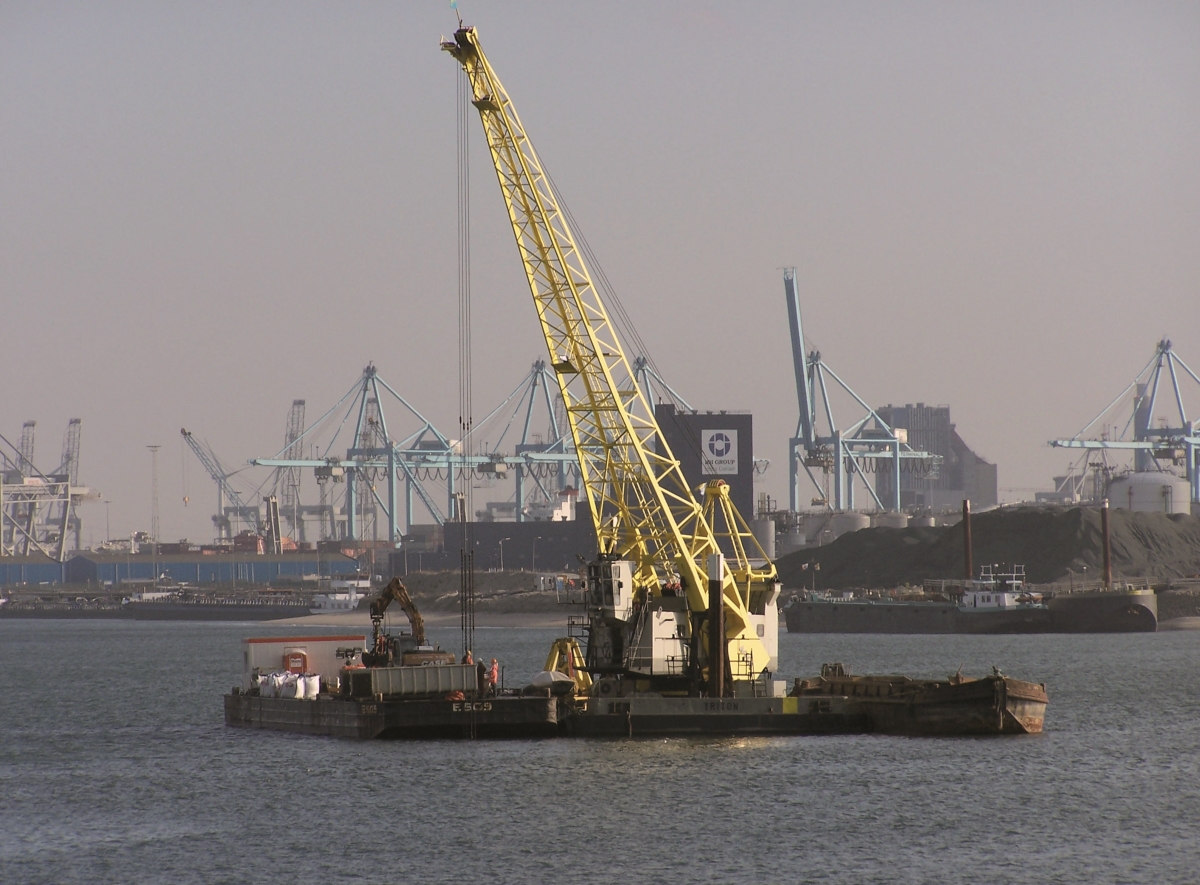
As well as finds by fishermen and beachcombers, archaeologists have been investigating the sea floor directly, by excavating it with dredging barges like this one in the Port of Rotterdam.
Tom Metcalfe is a freelance journalist and regular Live Science contributor who is based in London in the United Kingdom. Tom writes mainly about science, space, archaeology, the Earth and the oceans. He has also written for the BBC, NBC News, National Geographic, Scientific American, Air & Space, and many others.










